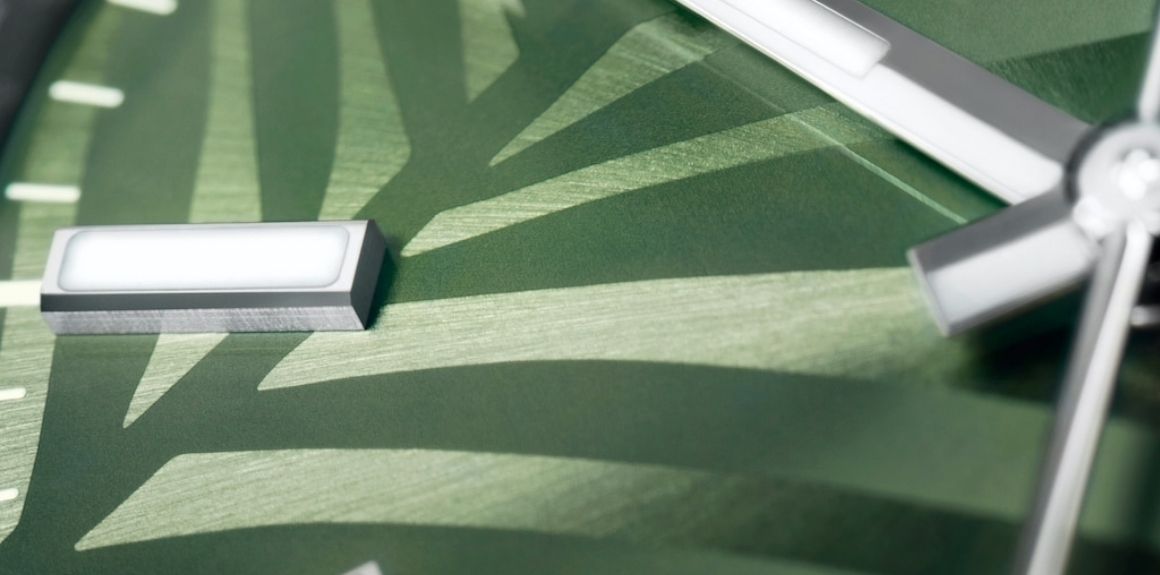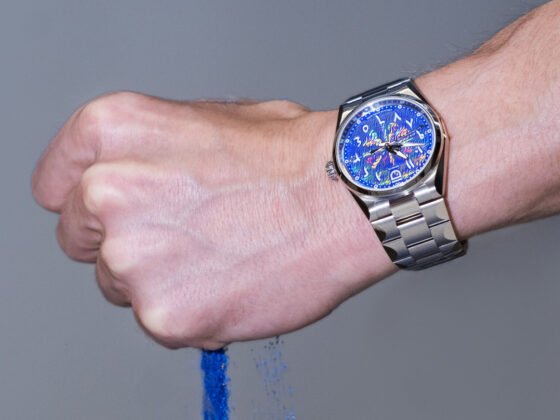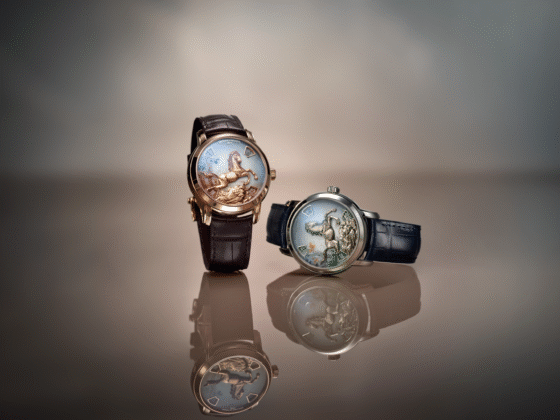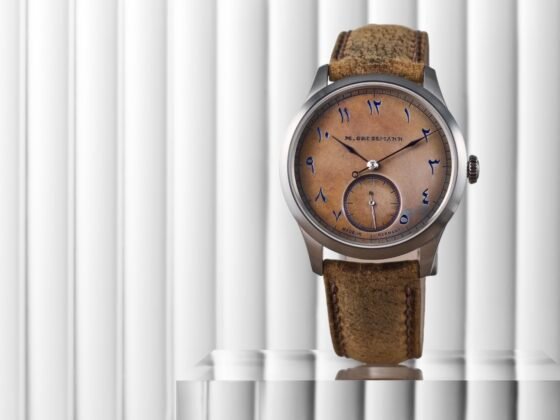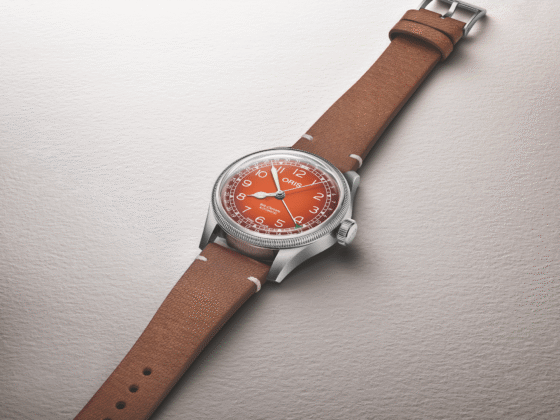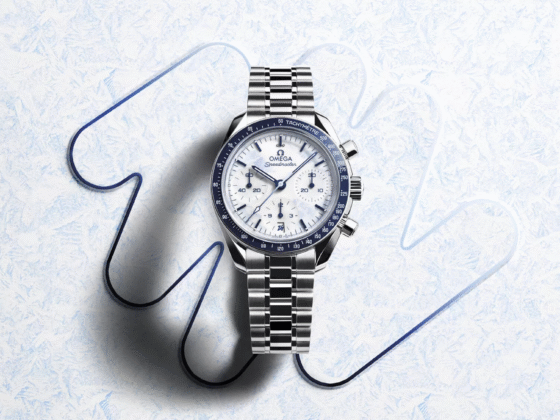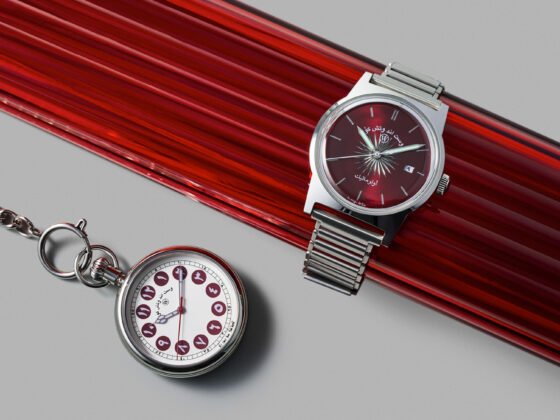A Rolex presentation at Watches & Wonders is a highly anticipated moment among watch collectors and enthusiasts. This year’s models, launched online to a worldwide audience, did not disappoint. The launch added a total of eleven new men’s timepieces to the Explorer, Explorer II, Datejust 36 and Cosmograph Daytona collections.
The star of this year’s launches, arguably, has to be the “new-generation” Explorer. This model is significant for two reasons. One, it returns to Explorer’s original 36mm size, down from the 39mm it adopted in 2010. Secondly, an Explorer has been presented for the first time in yellow Rolesor, which combines Oystersteel and 18 ct yellow gold.
The new 36mm size, which some may consider small by today’s standards, has great historical significance. The Explorer model was launched in 1953, in honour of Sir Edmund Hillary and Tenzing Norgay’s conquest of Mount Everest. Both of them were wearing Rolex Oyster 36mm watches. The mountaineers’ experience and feedback were crucial in the development of the original Explorer watch.
Since then, Rolex’s Explorer models have been presented exclusively in steel. The use of Rolesor adds a novelty element to a watch born for extreme utility. The bezel, winding crown and centre links of the bracelet of the new Explorer are in 18 ct yellow gold, while the case and outer links of the bracelet are in Oystersteel. However, for the purists, an Oystersteel version is also available.
The new Explorer has a black lacquered dial, bearing the index hour markers and the emblematic 3, 6 and 9 numerals that are the cornerstones of the model’s personality. Its Chromalight display is particularly impressive. In the dark, the intensity of the blue glow emitted by the hour markers and hands now lasts longer thanks to “innovative and exclusive luminescent material.” In daylight, these display elements have a brighter white hue. Inside, Rolex’s self-winding Calibre 3230 has a power reserve of around 70 hours, thanks to its barrel architecture and its highly efficient escapement.
Explorer II, first presented in 1971, became the watch of choice for explorers who ventured into the darkness, be it in a cave or the polar nights. This robust and reliable watch is distinguished by its 24-hour display comprising an additional orange hour hand and an engraved bezel. This allows the wearer to clearly distinguish daytime from night-time hours in prolonged darkness. In certain conditions, this display enables the watch to serve as a compass. The 24-hour display can also be used to show a second time zone.
The 2021 model is presented in two lacquer dial colours – white and black. On the white lacquer dial, the hour markers and central hands are in 18 ct white gold. The hour markers have a black coating applied using Physical Vapour Deposition (PVD). The complementary black lacquer hour, minute and seconds hands have a matt ?nish. The model’s signature 24-hour hand retains its characteristic orange hue, which is the same colour as the Explorer II inscription that has featured on the dial since 2011. All indicators on the dial are highlighted in the dark by Chromalight.
Rolex presented three new versions of the Cosmograph Daytona at W&W. Launched in 1963 and designed to meet the needs of professional racing drivers, these sport chronographs are among the most sought-after timepieces by collectors today. Thanks to this year’s models, the number of collectors hoping to get their hands on a Rolex Daytona is surely set to grow.
All three variants feature a dial made from metallic meteorite, with the signature black chronograph counters at 3, 6 and 9 o’clock. Metallic meteorite comes from an asteroid that exploded millions of years ago. The fragments, primarily composed of iron and nickel, cool by a few degrees Celsius every million years, creating unique, distinctive crystallization within the material that is impossible to recreate on Earth.
Metallic meteorite is not only rare but challenging to work with. Therefore, Rolex collaborated with specialists and selected, according to the brand, “only the sections of meteorite with a particularly well-formed surface rich in different shapes and re?ections.” Once cut into thin sections and chemically treated, the exceptional beauty of its interwoven internal structure is revealed. These fascinating and varied formations are known as Widmanstätten patterns.
Of the three versions on offer, the standout piece is in 18 ct white gold, and is ?tted with a monobloc Cerachrom bezel in black ceramic. The moulded, recessed graduations, numerals and inscriptions on the bezel are coated with platinum via the PVD method. The watch comes with an Oyster?ex bracelet, which combines the robustness and reliability of a metal bracelet with the ?exibility, comfort and aesthetics of an elastomer strap.
The other two variants, one in 18 ct yellow gold and the other in 18 ct Everose gold, have a metal bezel with engraved tachymetric scales. Both have Oyster bracelets in matching yellow and Everose gold, respectively. All three are equipped with Rolex’s calibre 4130, a high-performance self-winding movement with a power reserve of approximately 72 hours.
Of the models launched this year, Datejust 36 offers the widest variations for customer’s to choose from. At the W&W launch, Rolex formally introduced four of them: three featuring the new ‘palm’ dial motif and one featuring the ‘?uted’ motifs. The palm motif was designed to “evokes lush, vibrant tropical forests,” while the ?uted motif showcases the brand’s signature pattern found on a range of Rolex bezels.
A Rolex Datejust is the archetype of the classic watch, whose functions and signature characteristics remain largely constant, while room is given to experiment with aesthetics. Launched in 1945, Datejust was the ?rst self-winding waterproof chronometer wristwatch to display the date in a window at 3 o’clock.
The three palm motifs presented on the new Datejust 36 – olive green, silver or golden – are made from materials such as copper, zinc, nickel, chromium, titanium and silicon, combined with cutting-edge technology to create deep, vibrant, glossy metallic colours.
The olive green dial is presented with the case and bracelet in Oystersteel. The golden dial has an Oyster case and Oyster bracelet in yellow Rolesor. The silver dial variant features an Oyster case and Jubilee bracelet in Everose – combining Oystersteel and 18 ct Everose gold. The ?uted motif is presented on a gold dial with a yellow Rolesor Oyster case and Jubilee bracelet.
The new Datejust 36 model is powered by Rolex’s calibre 3235. This self-winding movement, released in 2015, has powered the Datejust 36 models since 2018. It has 70 hours of power reserve.

